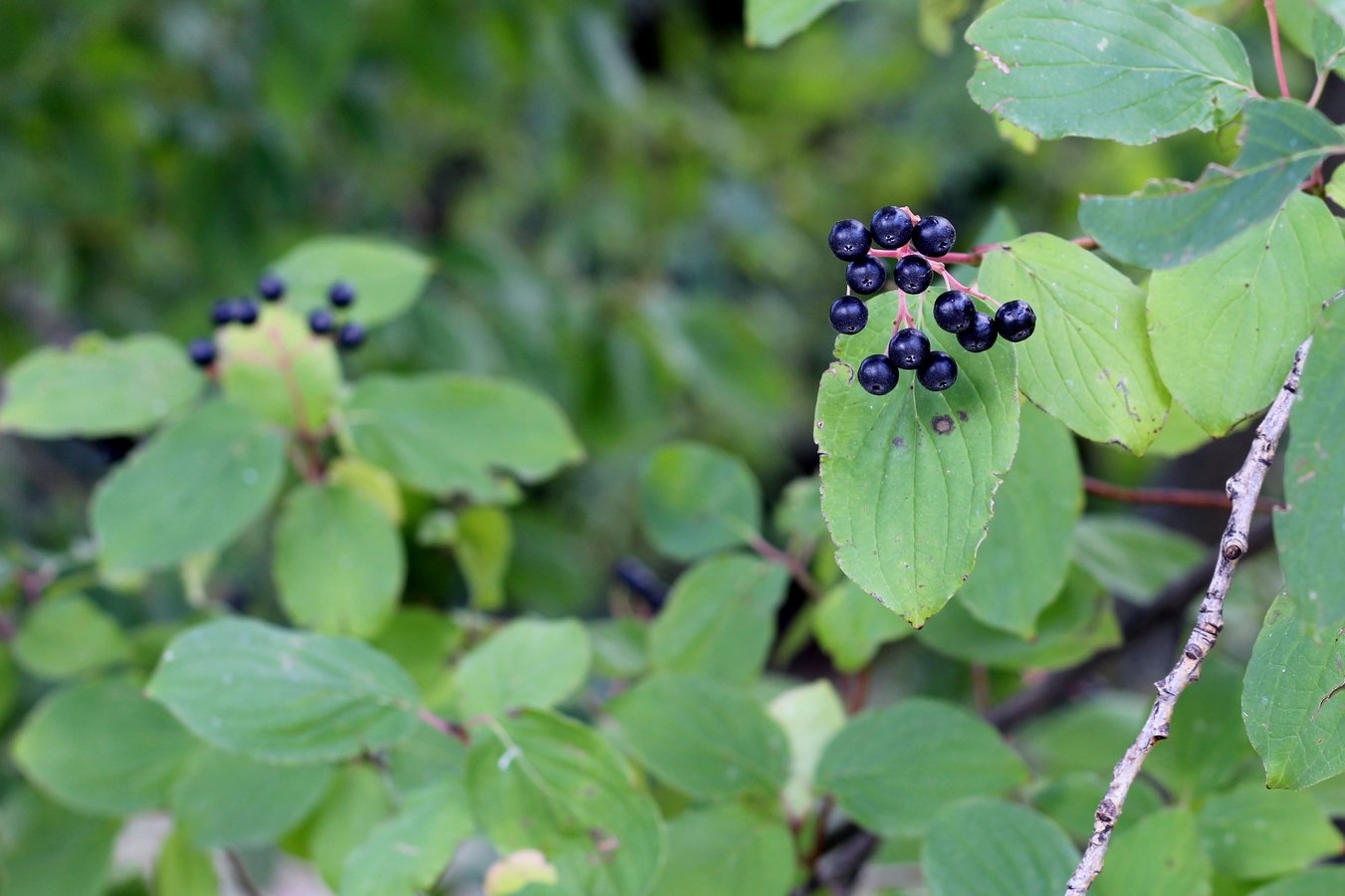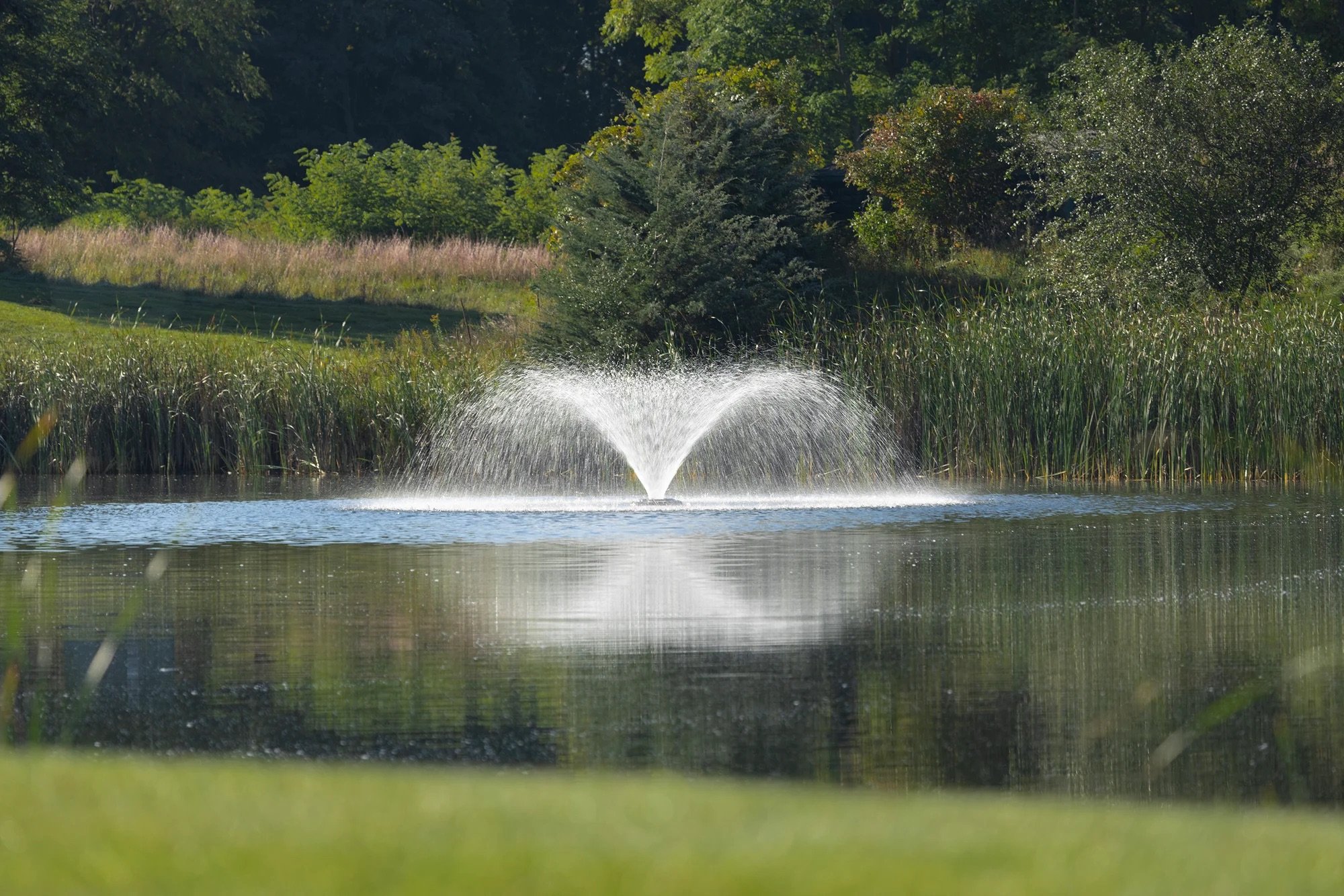
Wetlands and shorelines are among the most valuable natural habitats in New England. They support countless species of wildlife, filter pollutants, prevent flooding, and provide spaces for recreation. Unfortunately, invasive plant species continue to threaten these fragile ecosystems, degrading habitat quality and reducing biodiversity. At Water & Wetland, we specialize in wetland and upland invasive species management across Connecticut, Rhode Island, Massachusetts, and surrounding states. Our mission is to help property owners and communities restore balance to wetlands, ponds, and shorelines so they can thrive for years to come.
Why Invasive Species Are a Serious Threat
Invasive plants are non-native species that spread aggressively, often outcompeting native vegetation and disrupting the ecosystem. These plants are difficult to control because they reproduce rapidly and lack natural predators. Left unchecked, they can choke out native plants, displace wildlife, and even alter the hydrology of wetlands.
Here are four invasive plants we commonly encounter and manage in New England:
• Common Buckthorn – This fast-growing shrub forms dense thickets that shade out native plants. It can drastically change soil chemistry, making it harder for native vegetation to re-establish.
• Japanese Knotweed – With its bamboo-like stalks and extensive root systems, this plant spreads rapidly and is notoriously difficult to eradicate. It can cause erosion along shorelines and stream banks.
• Water Chestnut – A floating aquatic plant that forms thick mats on the water’s surface. These mats block sunlight, reduce oxygen levels, and harm fish populations.
• Phragmites (Common Reed) – This tall wetland grass grows in dense stands that quickly overtake native vegetation, reducing biodiversity and degrading wetland function.
Our Science-Driven Approach: Assess Before We Treat
Every wetland, pond, or shoreline is unique, which is why we never begin treatment without a thorough site assessment. This step allows our team to:
1. Identify invasive plant species present and their growth stages.
2. Map affected areas to better target treatments.
3. Evaluate native vegetation and habitat conditions to avoid unnecessary disturbance.
4. Design a custom management plan tailored to your property.
Our assessments are led by professional, licensed, and trained biologists who bring years of experience managing wetlands across Connecticut, Rhode Island, and Massachusetts. This science-driven planning process ensures we use the most effective and environmentally responsible strategies for each site.
Professional Herbicide Treatments for Lasting Results
When herbicide applications are recommended, they are carried out with precision by our certified applicators. We use EPA-approved herbicides that are carefully selected for each invasive species and site condition.
Some key points about our herbicide treatments:
• They are applied only when necessary, based on the assessment findings.
• Treatments are generally conducted in the fall and winter months. During this time, plants transport nutrients and herbicides down to their roots, making treatments more effective and minimizing the risk of impacting native species.
• Our biologists use the latest application techniques to ensure accurate, controlled, and minimal-impact treatments.
By targeting invasive plants at the right time of year and focusing on root systems, we can achieve long-term control and reduce the need for frequent re-treatments.
Restoring Native Plants and Wildlife Habitat
Controlling invasive species is only the first step. Once invasives like phragmites or Japanese knotweed are removed, native plants are given the opportunity to return and thrive. Native wetland vegetation provides essential habitat for birds, fish, amphibians, and pollinators, as well as stabilizes shorelines and improves water quality.
Our team also provides habitat enhancement services when needed, including:
• Native plant installation to accelerate restoration.
• Erosion control along streams, ponds, and wetlands.
• Ongoing monitoring and follow-up visits to ensure invasive species do not return.
These steps help create a resilient and self-sustaining ecosystem that supports the full range of wetland functions.





Why Property Owners in Connecticut, Rhode Island, and Massachusetts Choose Us
Whether you manage a private pond, a homeowners’ association (HOA) community, a municipal park, or a commercial property, invasive species can quickly take over if not addressed. Our clients across New England choose us because we offer:
• Local expertise – We understand the unique wetland ecosystems in Connecticut, Rhode Island, and Massachusetts.
• Science-driven solutions – Every project begins with a careful site assessment and is implemented by licensed biologists.
• Proven results – Our seasonal herbicide treatments and habitat restoration efforts lead to long-term improvements.
• Commitment to sustainability – We balance effective invasive plant control with protecting the broader ecosystem.
When Should You Schedule Invasive Plant Control?
The best time to treat invasive plants is typically in the fall and winter months. This is when plants are storing energy in their roots, making them more susceptible to herbicide treatments.
Scheduling an assessment in late summer or early fall ensures that we can begin treatment during this optimal window. Even if your wetland or shoreline is covered in invasive plants now, there is still time to act before next growing season.
The Bigger Picture: Healthy Wetlands Benefit Everyone.
Healthy wetlands are vital for:
• Water quality – Wetlands filter pollutants before they enter rivers, lakes, and drinking water supplies.
• Flood protection – Wetlands absorb excess rainfall and slowly release it to reduce the risk of downstream flooding.
• Wildlife habitat – They provide food, shelter, and breeding grounds for countless species.
• Recreation and aesthetics – Restored wetlands offer beautiful spaces for fishing, birdwatching, and relaxation.
By investing in invasive species management, property owners and communities are protecting not only their land but also the broader environment of New England.
Ready to Reclaim Your Wetland?
If invasive plants like common buckthorn, Japanese knotweed, water chestnut, or phragmites are impacting your wetland, pond, or shoreline, the sooner you act, the better. Our biologists are here to help property owners in Connecticut, Rhode Island, and Massachusetts take back their wetlands and protect these critical ecosystems for future generations.
Contact us today to schedule a professional assessment and develop a custom management plan tailored to your needs.
Resources:
- Connecticut Invasive Plant Working Group: Common Buckthorn
- MA Department of Conservation & Recreation: Water Chestnut PDF
- University of Connecticut Extension: Japanese Knotweed Fact Sheet
- University of Connecticut Extension: Common Reed (Phragmites) Fact Sheet
About Water & Wetland, A Jones Lake Management Partner
Water & Wetland is a trusted expert in lake, pond, and wetland management, providing innovative and environmentally responsible solutions to control invasive species, restore shorelines, and improve water quality. As a Jones Lake Management Partner, we serve HOAs, golf courses, municipalities, and private landowners with customized lake and pond management plans designed to promote long-term ecological health. We understand the importance of proper permitting and regulatory compliance, ensuring that all projects meet local, state, and federal environmental standards. With a commitment to sustainability and science-based practices, Water & Wetland helps clients maintain thriving, well-balanced waterbodies.
